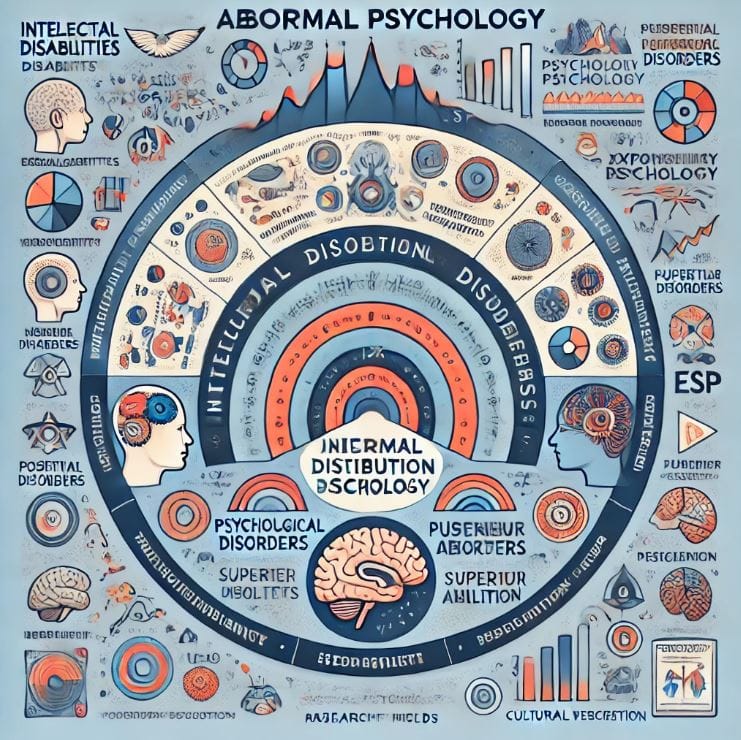Every day, we are faced with countless decisions—from the trivial, like what to eat for breakfast, to the life-altering, such as choosing a career or partner. While making decisions may seem straightforward, the truth is that our minds are often influenced by hidden psychological forces that can lead us astray. Understanding the psychology of decision-making can help you identify these influences and make smarter, more intentional choices.
The Science of Decision-Making
Decision-making is a complex cognitive process that involves evaluating options, predicting outcomes, and choosing the best course of action. At its core, it’s a dance between two parts of the brain:
- The Rational Mind (Prefrontal Cortex): Responsible for logical analysis and weighing pros and cons.
- The Emotional Brain (Limbic System): Driven by feelings, instincts, and past experiences.
Often, these two systems conflict. For instance, you might logically know you should save money, but emotionally, you’re tempted to splurge on something you desire. Recognizing this interplay is key to making balanced decisions.
Common Psychological Biases in Decision-Making
Our brains are wired to take shortcuts, known as heuristics, to simplify decision-making. While these shortcuts save time, they can also lead to cognitive biases that distort judgment. Here are some common biases to watch out for:
1. Confirmation Bias
We tend to seek information that supports our pre-existing beliefs while ignoring evidence that contradicts them. This can lead to poor decisions, as we’re not evaluating all the facts objectively.
Example: A manager who believes their favorite employee is hardworking may overlook evidence of underperformance.
2. Anchoring Bias
Our decisions are heavily influenced by the first piece of information we encounter, even if it’s irrelevant.
Example: If a product is initially priced at $1,000 but discounted to $500, we perceive it as a great deal, even if $500 is still overpriced.
3. Loss Aversion
We fear losses more than we value gains, leading us to avoid risks, even when potential rewards outweigh the risks.
Example: An investor might hold onto a failing stock to avoid realizing a loss, even when selling would free up capital for better opportunities.
4. Overconfidence Bias
We often overestimate our abilities, knowledge, or control over situations, leading to risky decisions.
Example: A driver may believe they can text and drive safely because they’ve done it before without incident.
Steps to Smarter Decision-Making
Fortunately, understanding these biases allows us to counteract them and make better choices. Here’s how:
1. Define Your Goals Clearly
Start by identifying what you want to achieve. A clear goal provides a framework for evaluating options and reduces the influence of irrelevant factors.
Example: When choosing a new job, prioritize factors like career growth, work-life balance, and salary rather than being swayed by flashy perks.
2. Gather and Evaluate Information
Take the time to collect data from diverse sources. Ensure you’re not cherry-picking information that aligns with your biases.
Tip: Seek opinions from trusted individuals who challenge your perspective. This broadens your understanding and highlights blind spots.
3. Consider the Long-Term Impact
Short-term gratification often clouds long-term consequences. Use tools like pros-and-cons lists or future-self visualization to weigh outcomes over time.
Example: Instead of buying a luxury item on credit, consider how the debt might impact your financial health years down the line.
4. Limit Options
Having too many choices can lead to decision paralysis. Focus on the most viable options to streamline the process.
Example: When choosing a restaurant, narrow your options to a specific cuisine or location to avoid endless scrolling through reviews.
5. Embrace Imperfection
No decision is without risk. Accepting that not all outcomes can be controlled reduces anxiety and helps you act decisively.
Example: Instead of agonizing over the perfect time to launch a business, start small and adjust as you learn.
The Role of Emotions in Decision-Making
While emotions are often viewed as obstacles to rational thinking, they play a crucial role in decision-making. Emotions provide valuable insights into what matters to us and help us prioritize. The key is to balance emotional intuition with logical reasoning.
How to Harness Emotions Positively:
- Recognize your emotional state before making decisions. Avoid deciding when you’re overly stressed or fatigued.
- Use emotions as a guide, but cross-check them with facts and logic.
- Practice mindfulness to stay grounded and reduce impulsivity.
Case Studies: Decision-Making in Action
1. Jeff Bezos and “Regret Minimization”
The founder of Amazon uses a “regret minimization framework” to guide decisions. He asks himself: “Will I regret not doing this when I’m 80 years old?” This approach helps prioritize long-term fulfillment over short-term fears.
2. Serena Williams and Emotional Resilience
As a world-class athlete, Serena Williams makes split-second decisions under immense pressure. Her ability to stay composed and trust her instincts showcases the importance of emotional regulation in high-stakes situations.
Decision-Making Tools and Techniques
To further enhance your decision-making process, consider these tools:
- SWOT Analysis: Evaluate strengths, weaknesses, opportunities, and threats for any decision.
- Mind Mapping: Visualize options and their potential outcomes to clarify complex decisions.
- Pre-Mortem Technique: Imagine a decision has failed and identify what might have gone wrong. This helps anticipate risks and improve planning.
Conclusion: Empowering Your Choices
Understanding the psychology of decision-making empowers you to navigate life’s complexities with confidence and clarity. By recognizing biases, balancing emotions with logic, and using structured approaches, you can make smarter choices that align with your goals and values.
Remember, no decision is perfect, but every decision is an opportunity to learn and grow. By embracing the process and focusing on progress rather than perfection, you’ll unlock your potential to thrive in both personal and professional spheres.
Keywords: Decision-Making Psychology, Smarter Choices, Cognitive Bias, Emotional Intelligence, Decision-Making Tools, Strategic Thinking



